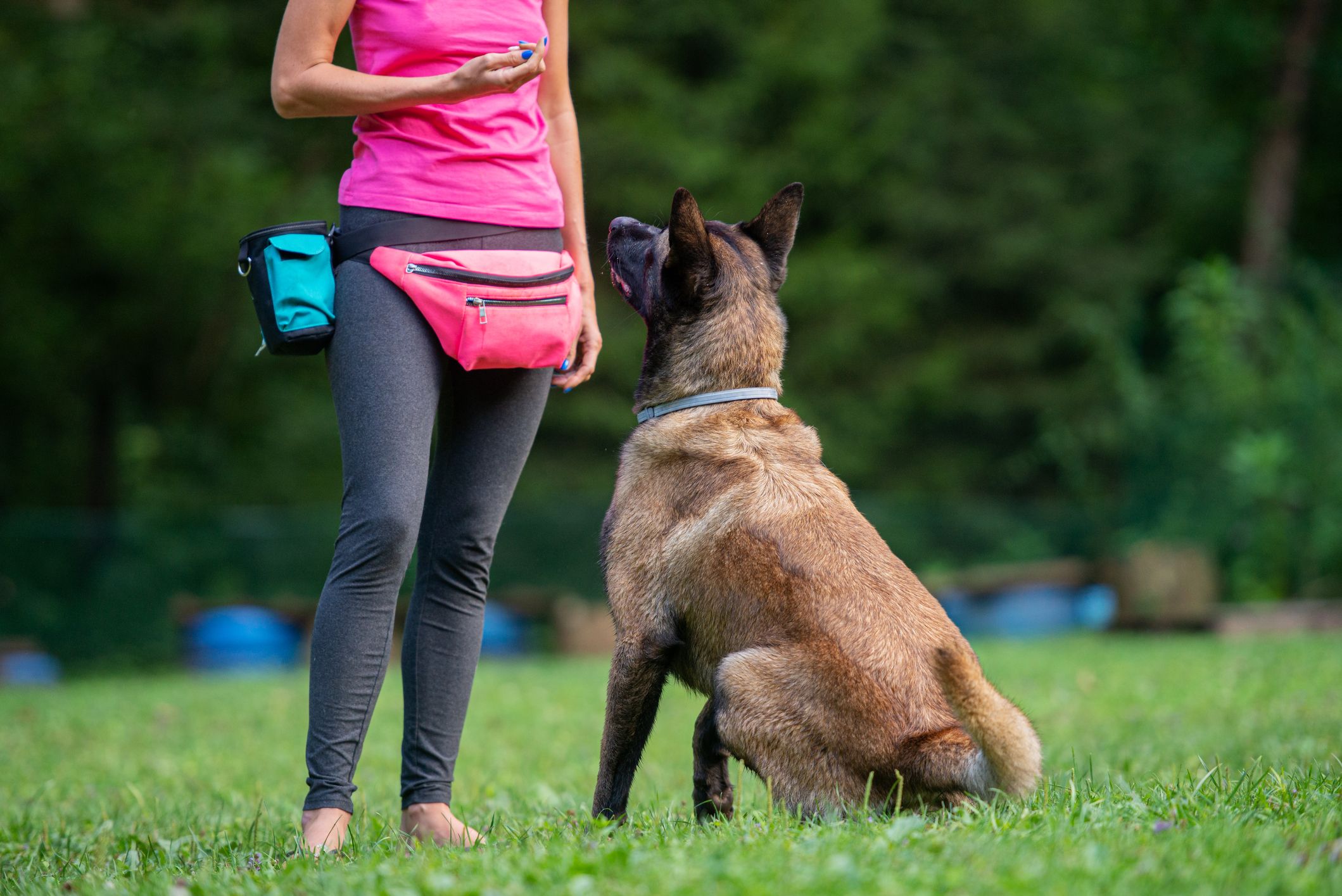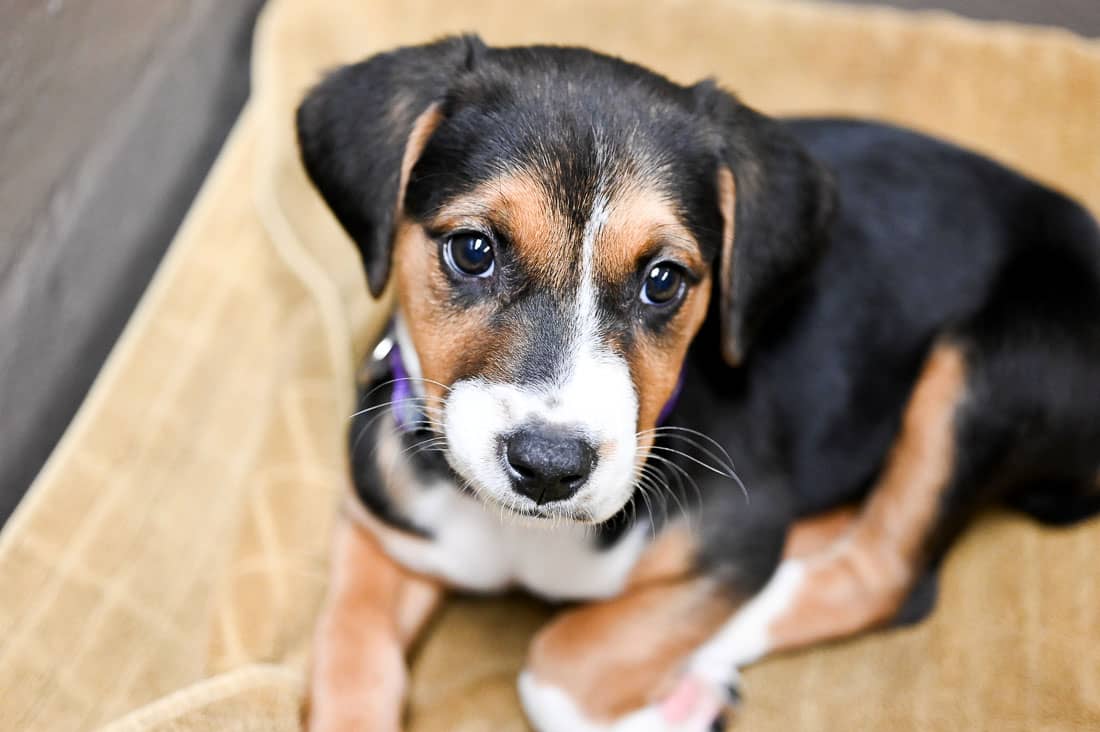Typical Behavioral Issues and Their Solutions in Dog Training
Typical Behavioral Issues and Their Solutions in Dog Training
Blog Article
Essential Tips for Successful Dog Training: A Guide for Pet Dog Owners
Efficient canine training is a complex process that requires a calculated strategy customized to both the pet dog's personality and the proprietor's objectives. Key components such as developing regular commands, using favorable support, and helping with early socialization play important duties in cultivating a well-adjusted canine companion. Nevertheless, numerous family pet proprietors come across difficulties that can hinder progression, bring about aggravation and uncertainty. Comprehending exactly how to navigate these barriers can substantially enhance the training experience, inevitably transforming the partnership between owner and dog. What are the essential strategies that can be used to make sure success in this endeavor?
Understanding Dog Actions
Recognizing pet dog habits is necessary for efficient training and cultivating a harmonious relationship between pooches and their owners. Pets interact largely through body movement, vocalizations, and actions, making it critical for proprietors to analyze these signals precisely. Recognizing a canine's pose, tail placement, and ear orientation can supply understandings into its psychological state. As an example, a wagging tail does not always suggest joy; it can also indicate exhilaration or anxiety.
Socialization plays a substantial role in canine habits; direct exposure to numerous settings, people, and other pets can substantially affect a dog's personality. Elements such as type attributes and private temperament must direct training methods, as some types may have certain behavior qualities that necessitate customized methods. By understanding these aspects, owners can develop a supportive setting that encourages favorable behavior, bring about successful training end results and a deeper bond with their pets.
Developing Constant Commands
Reliable communication with your dog starts with establishing regular commands. This foundational component of training is critical for promoting understanding between you and your family pet. Uniformity in the commands you utilize guarantees that your canine can accurately connect specific words or phrases with the wanted habits.
When picking commands, choose clear, unique words that are very easy to state and set apart from each other. Prevent making use of similar-sounding commands that may puzzle your pet dog. For instance, using "sit" and "remain" is suitable, however "rest" and "struck" could bring about misunderstandings.
Furthermore, preserve the very same tone and quantity for each command. Canines are delicate to singing signs, so varying your tone can create confusion.
It is just as essential to guarantee that all relative get on the exact same page relating to the commands utilized. A united front in command usage will certainly stop blended signals and reinforce the learning procedure.
Positive Reinforcement Strategies
The power of favorable reinforcement in dog training lies in its capacity to motivate desired actions with rewards and praise. This strategy is based in the concept that actions adhered to by desirable outcomes are most likely to be duplicated. By integrating positive reinforcement into your training routine, you can successfully form your pet dog's habits in a constructive fashion.
To apply positive support, it's vital to determine what inspires your dog, whether it be treats, playthings, or spoken praise. When your canine does a desired activity, such as resting on command, quickly award them with a treat or affection. This association in between the command and the positive outcome strengthens their understanding.
It's important to timing the incentives correctly; supplying the reinforcement within secs of the desired habits helps your pet dog make the connection (dog training). Furthermore, uniformity is essential-- make certain that all relative utilize the exact same commands and incentive systems to avoid confusion

Gradually, you can minimize the regularity of treats as your canine finds out the habits, transitioning to praise or periodic incentives. This method not just fosters a solid bond in between you and your pet dog but likewise promotes a positive knowing setting, making educating a pleasurable experience for both.
Socialization and Interaction
Constantly subjecting your canine to a selection of environments, individuals, and various other animals is essential for their social growth. Socialization ought to begin early, preferably throughout the critical window of 3 to 14 weeks, when young puppies are most responsive to brand-new experiences. Older pet dogs can likewise profit from continuous socializing efforts.
Introduce your canine to various setups, such as parks, pet-friendly shops, and urban areas. This direct exposure helps them adjust to different stimuli, lowering anxiousness and anxiety feedbacks. Urge positive interactions with other pets and individuals, making certain that these experiences are risk-free and controlled to cultivate self-confidence.
Make use of organized playdates with well-mannered dogs, as this can improve your pet's social skills and teach them proper behavior. Obedience courses and training sessions also give exceptional opportunities for socializing, enabling your pet to communicate with others in a supervised setting.
Monitor your pet's body language during communications, as this will aid you assess their comfort degree. Slowly enhance direct exposure to even more difficult situations while making sure that each experience declares. A well-socialized dog is most likely to display balanced actions, making them a delight to have in any type of setting.
Addressing Common Training Difficulties
Every canine check this site out proprietor will certainly come across training obstacles at some time, regardless of their pet's age or socialization level. Recognizing typical issues such as stubbornness, diversions, and terror can aid in creating effective methods for enhancement.

Diversions throughout training sessions can thwart emphasis. To battle this, start training in a quiet environment with minimal stimuli. Slowly introduce disturbances as the dog becomes a lot more more helpful hints skillful in commands. Short, constant training sessions are additionally reliable in keeping interest.
Fearfulness can prevent a pet's understanding procedure. Progressive desensitization to the source of anxiety, coupled with favorable support, can assist ease stress and anxiety. Persistence is important; never force a pet right into a circumstance that triggers distress, as this may aggravate the problem.
Eventually, understanding and dealing with these common challenges with a structured technique will promote an extra effective training experience, enhancing the bond between pet and proprietor while advertising effective learning.
Verdict
In summary, successful dog training depends on a thorough understanding of canine habits, the establishment of constant commands, and the application of positive support methods. Socialization plays a vital duty in developing well-adjusted pets, while resolving common training challenges needs patience and flexibility. By executing these essential methods, pet owners can cultivate a strong bond with their pet dogs and advertise desirable habits, inevitably resulting in an unified partnership between humans and their canine buddies.
Recognizing canine habits is Homepage crucial for effective training and promoting an unified partnership between canines and their proprietors.Socializing plays a considerable duty in dog behavior; exposure to different settings, people, and other pets can dramatically impact a pet dog's personality.The power of positive support in pet training lies in its capability to urge desired behaviors with incentives and appreciation. By incorporating favorable reinforcement right into your training routine, you can efficiently form your canine's actions in a constructive way.
In recap, successful pet dog training counts on a comprehensive understanding of canine actions, the facility of constant commands, and the application of favorable support methods.
Report this page